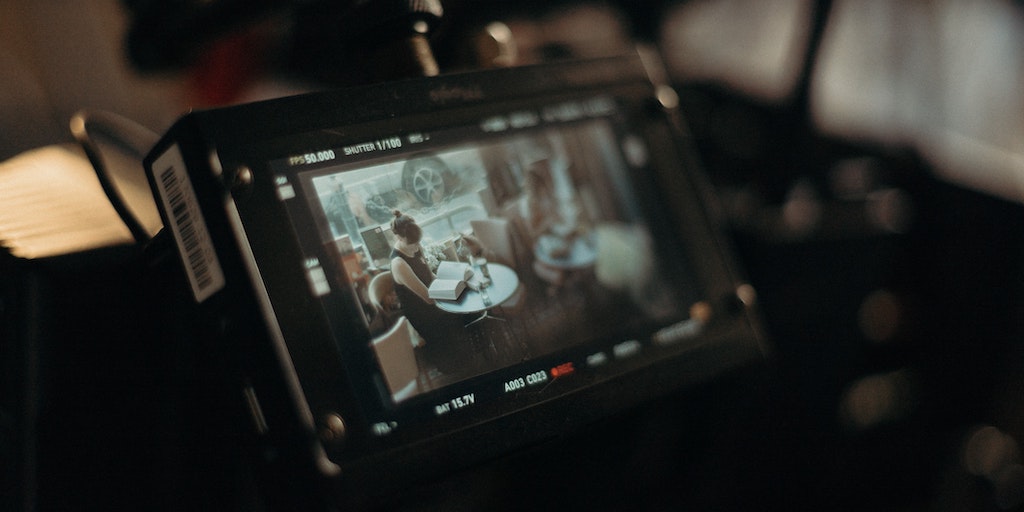Video cameras housing a student documentary are found in an abandoned forest cabin near Burkittsville, Maryland. A collection of journals, letters, logs and transcripts of wax cylinder recordings have been meticulously gathered and typed up by a woman who fears that those close to her might be killed by a vampire. A reader begins a book only to discover a conversation unfolding within its marginalia.
These are all found stories. They all tell of horrific events that have been recorded and then shared, cannily or cluelessly, by someone who was part of the experience. You might recognize the first example above as the found footage horror film The Blair Witch Project (1999), while the other two, Bram Stoker’s Dracula and Doug Dorst and J. J. Abrams’s S., are originally print media.
Call them mixed-media novels, found manuscripts, or even “scrapbook stories” if you want, but there’s been a slow creep of readers casually referring to this category as the found footage story. While the term found footage implies that the subgenre is restricted to film, parallel storytelling experiences have existed across other media, especially literature, for ages.
Most obviously, found footage shares DNA with the epistolary novel. Dracula is the classic example, even going so far as to bookend the story with a preface and an end-note that can basically be summarized as “Seriously, everything in this story is totally, 100% real. Trust me, you couldn’t fake a story like this.” If anything, this technique is the first domino that eventually leads to the opening messages in so many found footage movies. In The Blair Witch Project we are told that “In October 1994, three student filmmakers disappeared in the woods near Burkittsville, Maryland while shooting a documentary.” and that the movie that follows is the students’ recovered footage a year later, sans students. In Cloverfield (2007), we’re told that the footage was from a “camera retrieved at incident site ‘US-447’ area formerly known as ‘Central Park.’” In other words: trust us, this story is totally real.
Most classic epistolary horrors are less elaborate than Dracula and rely on the simple exchange of letters, as in the case of Mary Shelley’s Frankenstein, or stick to the point of view of a single narrator through their diary, as in a number of H.P. Lovecraft’s stories.
Found novels that have been published since the rise of found footage movies show their influence. Some works recall the Dracula approach, like The Supernatural Enhancements by Edgar Cantero, which uses letters, academic journal excepts, video footage, ciphers and other ephemera to tell a haunted house story. Some, like FantasticLand by Mike Bockoven and World War Z by Max Brooks, take a more direct approach by compiling transcripts of interviews from survivors. Others, like Kate Alice Marshall’s YA scares Rules for Vanishing and Our Last Echoes, lean further into the idea of footage by emphasizing camera angles and visuals in transcripts of interviews and recovered footage shot by the characters themselves.
Mixed media works, like Night Film by Marisha Pessl and Rabbits by Terry Miles, go the extra mile to build non-text reader experiences into the book that extend to apps, videos, and websites. These lend a broader reality to the world created for the book, in the same way that The Blair Witch Project leaned into promoting itself as a true story through “documentaries” and how the Cloverfield film series deepened its lore through alternate reality games (ARG) across multiple websites with buried content, alongside real-world clues to find and decipher. More recently, found writings are even being used to enhance television experiences. As one example, the television series Severance released an “anonymously” published story called The Lexington Letters, which delivers a collection of emails that give the inside scoop on some of the more mysterious goings-on of the show’s shady corporation.
It’s hard to say where the found footage novel will go next. It has already pushed the boundaries of its own medium as far as it can to dovetail with its film counterpart. With the renewed interest in Dracula this year that’s come from the popular Dracula Daily newsletter, which emails the novel in serialized form to its subscribers, it won’t be surprising if we see an uptick soon in epistolary horrors and new takes on the technique.
Want to delve further into the science of why we love to be scared? Order Nina Nesseth’s Nightmare Fuel now!




Experimental Film by Gemma Files was, uh, the only book that came to mind when I first read the title if this article.
It’s something of a masterpiece, IMHO.
Doesn’t Carrie fall into this category as well?